
The Light L16 camera is an engineering marvel. It takes 16 different smartphone-sized imaging modules, each carefully aligned behind a piece of glass, and uses them in concert with each other to create images that are bigger and better-looking than the results the individual cameras are capable of. It does all this in a form factor that’s two or three times thicker than, but not quite as wide as, an iPad mini, something that actually fits in a few pockets and is easy enough to stow in a bag.

If you’re having trouble grasping how the L16’s dizzying camera array works, think of it this way: you know how dual-lens phones like the iPhone or Note let you zoom from wide angle to telephoto in the camera app? This is that, stretched to the extreme. The 16-camera modules each have their own image sensor and lens, and they cover different focal lengths. There are five 28mm wide-angle modules, five midrange 70mm, and six 150mm telephoto ones.
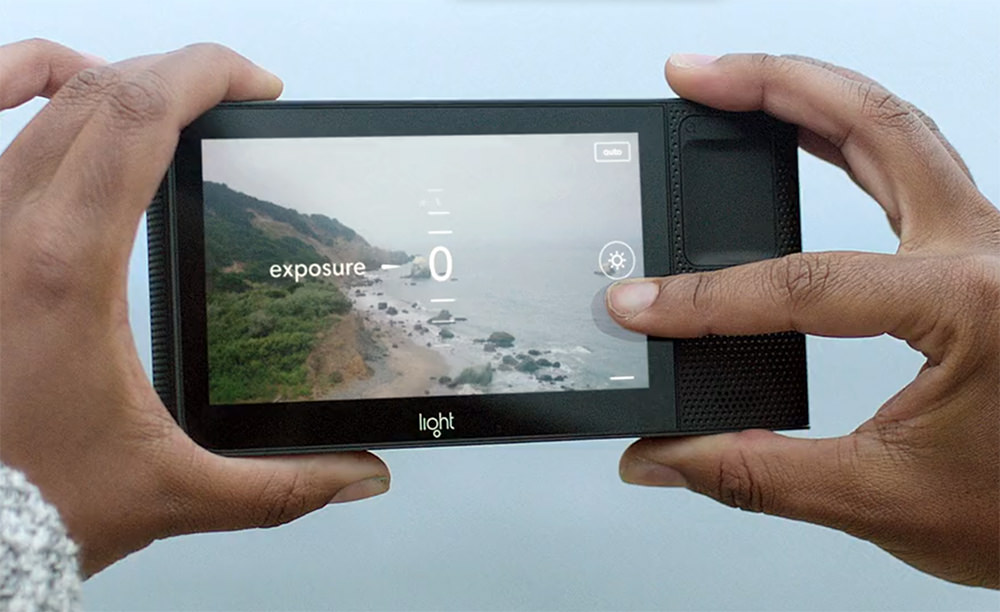
That’s Light’s selling point for this $2,000 camera: the L16 is ostensibly a full bag of camera gear in one body.
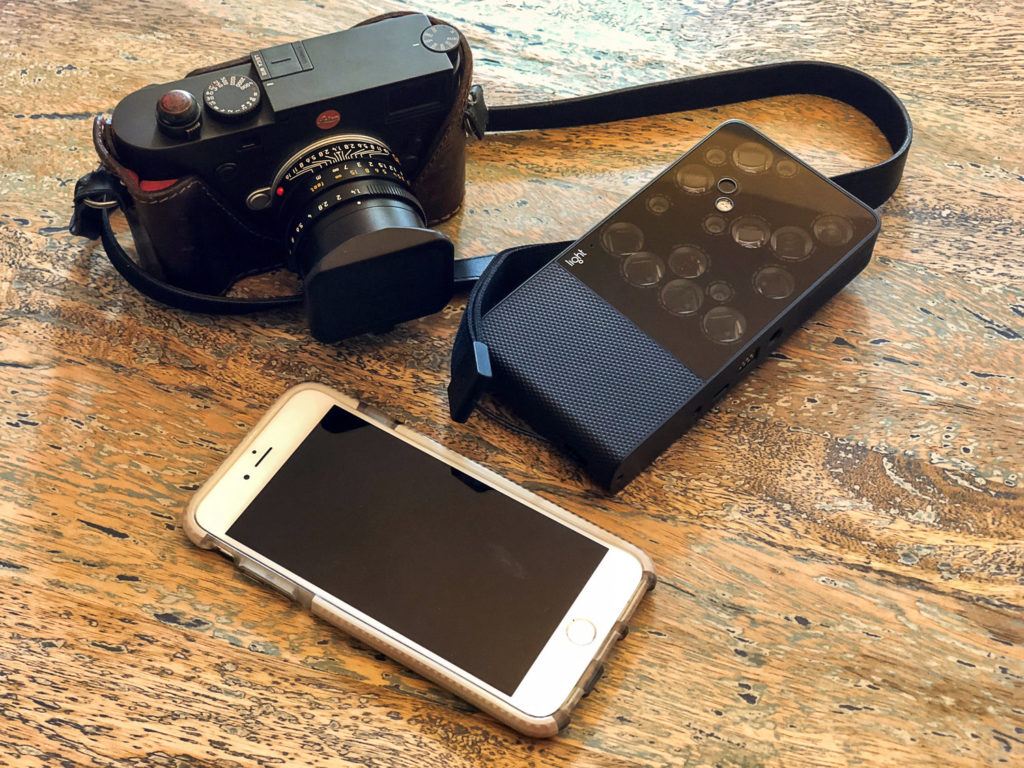
Speed is another problem. To be fair, I didn’t notice many delays when I shot slowly, which shocked me considering all the computational work the camera is doing with each shutter click.
But when I tried to rattle off a burst of shots, things ground to a halt. The refresh rate of the screen, which is forgivable when you’re taking one or two photos, makes capturing multiple images a headache.
With this in mind, I found it especially useful for street photography. How often can you zoom to 150mm without pointing a long lens at someone?
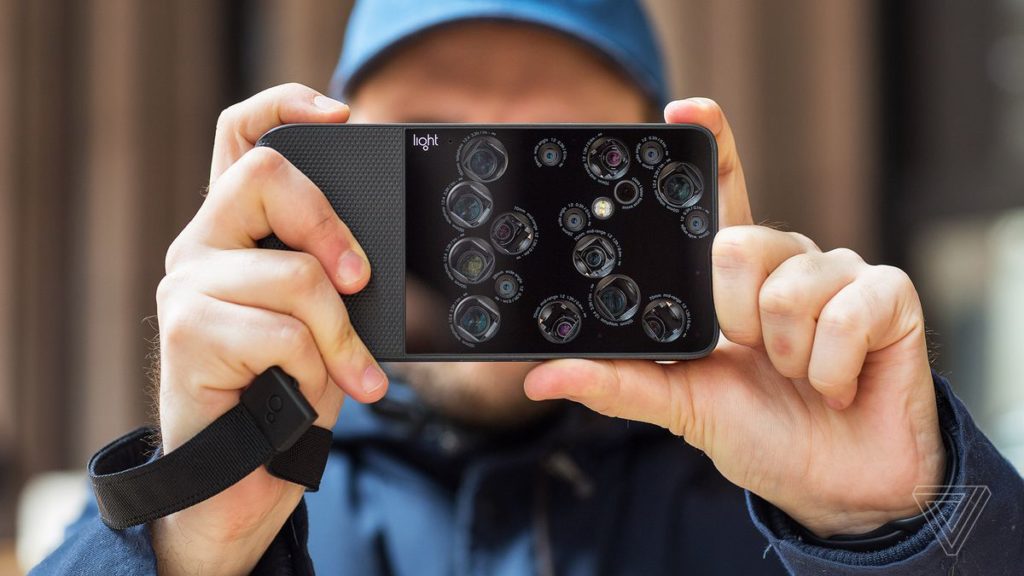
I’m a professed over-shooter, but it has a significant speed limit.
The big difference between this camera and those phones is that the L16 simulates all the focal lengths in between 28mm, 70mm, and 150mm by combining data from multiple camera modules. So instead of digitally zooming in on the 28mm image to make it look like it was shot at 40mm, it’s replicating that focal length by stitching images together on the fly. Still the device look like Smartphone
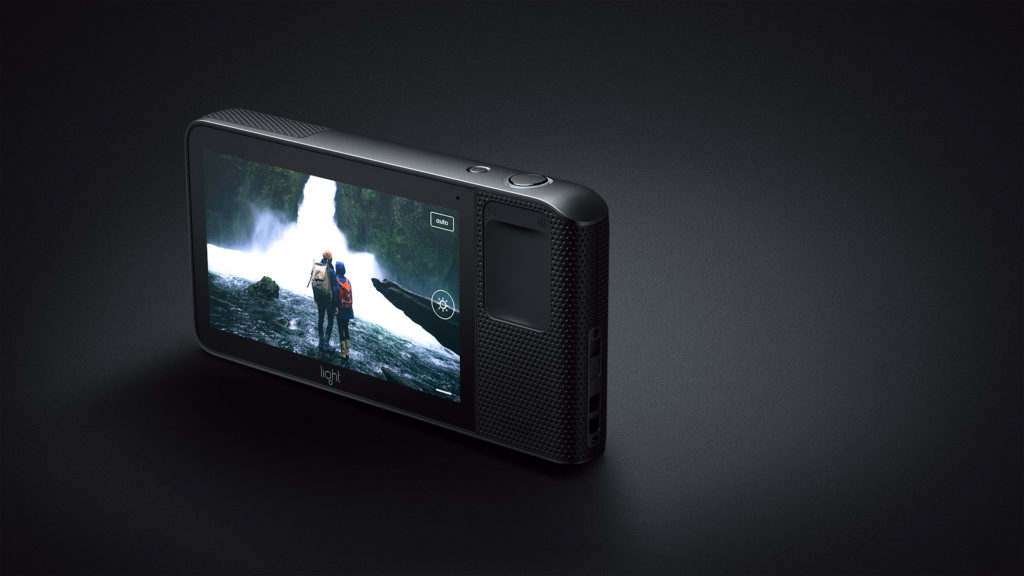
At a very high level, this is the experience of using the L16. With a scrub of your thumb across the 5-inch touchscreen, you can quickly zoom from a 28mm wide-angle perspective to a 150mm telephoto view or anywhere in between.
I found that 13-megapixel photo was usually good enough, though. In good light and at wide focal lengths, the L16 captures photos that can fool you into thinking they were shot with a bigger sensor. But so can smartphones, and top-tier smartphones are more consistent than the L16, which tends to oversaturate its images or throw a color cast on the image in scenes with multiple lighting sources.
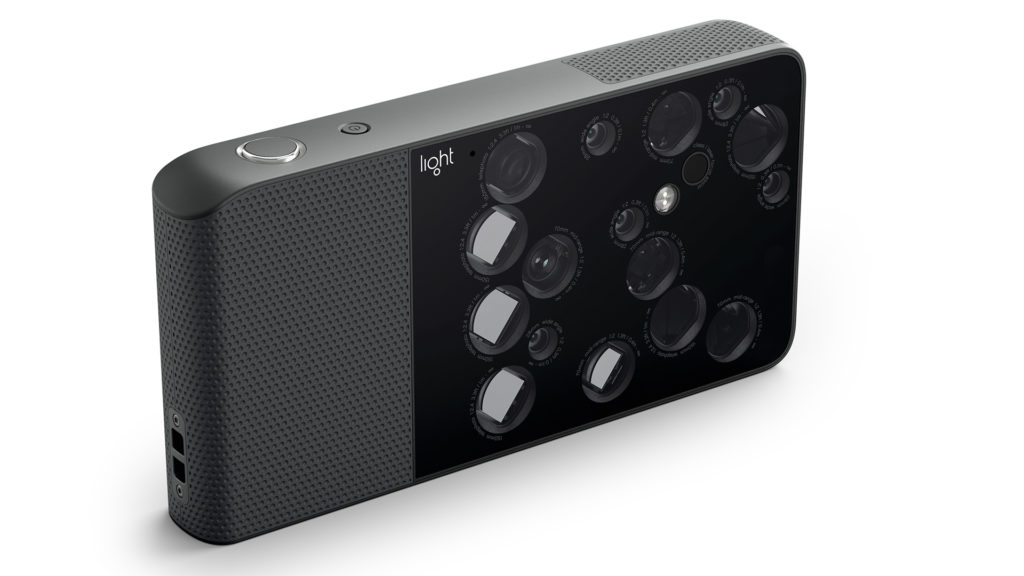
The L16’s performance drops off in low light. In theory, combining data from multiple images should help it combat image noise and turn out photos that are rich and bright. Most of the time, though, I wound up with blurry, dirty-looking pictures.
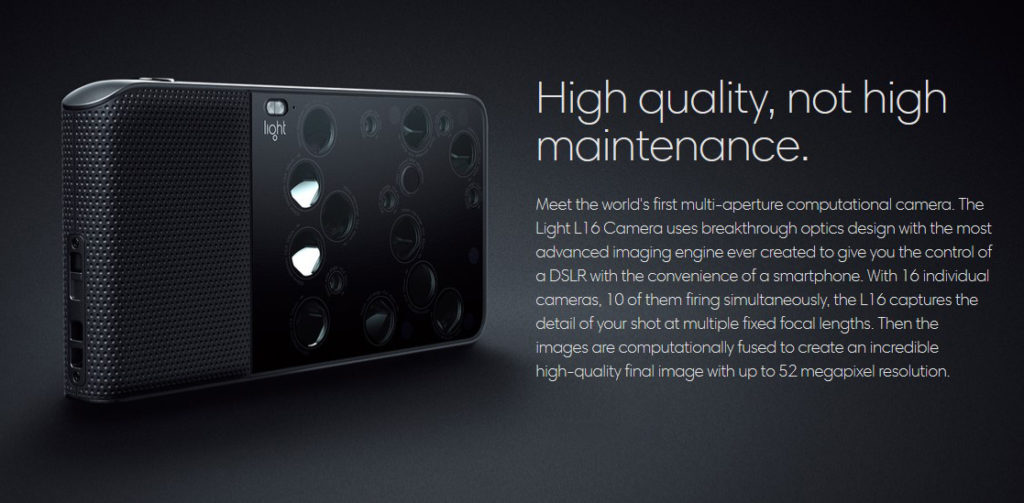
Quality is especially a struggle when the L16 is zoomed all the way in. Those 150mm modules have f/2.4 apertures, so they let in less light than the wider cameras (which are f/2.0). Worse, it’s hard to keep the picture steady at such a long zoom range, and there’s no image stabilization. The L16 might save all the space that a zoom lens takes up, but smaller isn’t always better at long focal lengths.
Considering all the software and hardware work that makes this possible, this all happens remarkably fast, within a second of taking a picture. The camera quickly coughs up the results, too, though that’s because at first, it shows a lower-resolution preview of the image you take. On playback, you can tap a button to assemble a higher-quality 13-megapixel composition with better dynamic range and detail. But to get the full-resolution 52-megapixel image that the L16 can capture, the images have to be processed through the company’s desktop editing software.
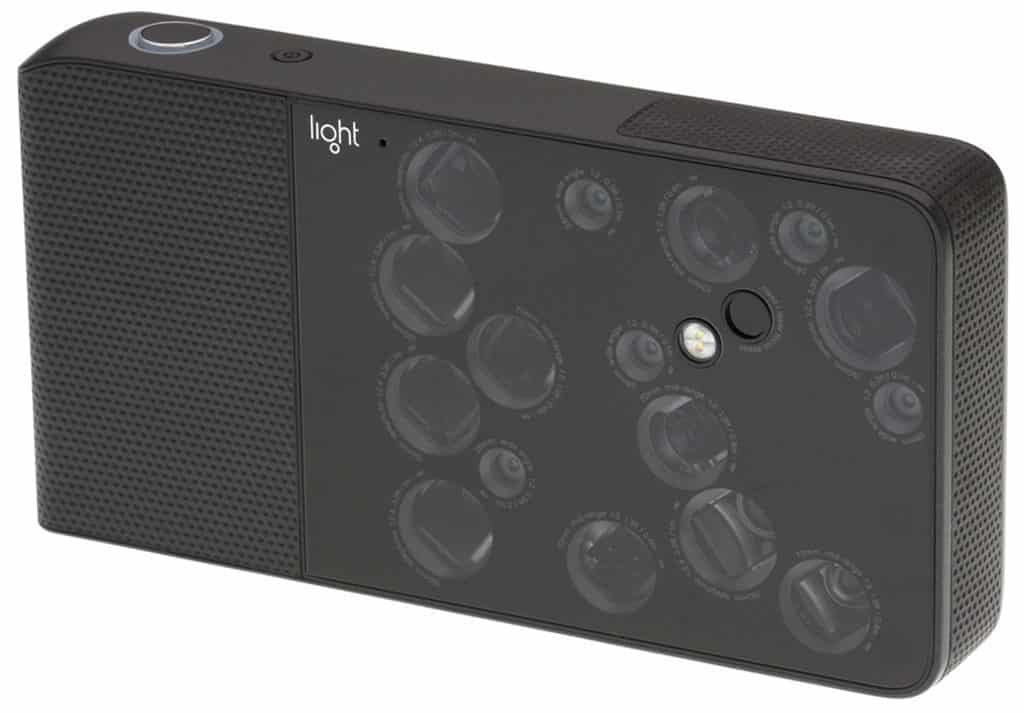
Otherwise, the L16 is mostly a bother. The photos it takes are in a strange-quality limbo between smartphone images and something that was shot with a mirrorless or DSLR camera. The camera handles slower, contemplative photography just fine, but it had trouble keeping up when I photographed more demanding scenes. The desktop editing software — which is necessary to process the full-resolution images and essential if you want to get any of the L16’s photos onto an iPhone — is fairly robust, but it’s sluggish. For such a remarkable camera, I constantly felt uninspired to use it. And, more often than not, it stayed right in the bag or coat pocket that it so easily fit.
More new Facts and News on Crispbot


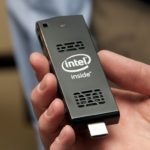

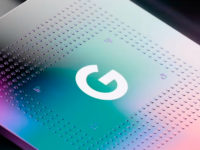


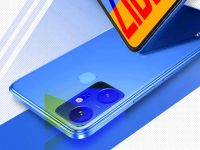


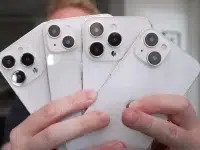
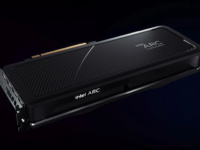
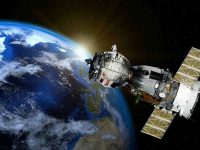
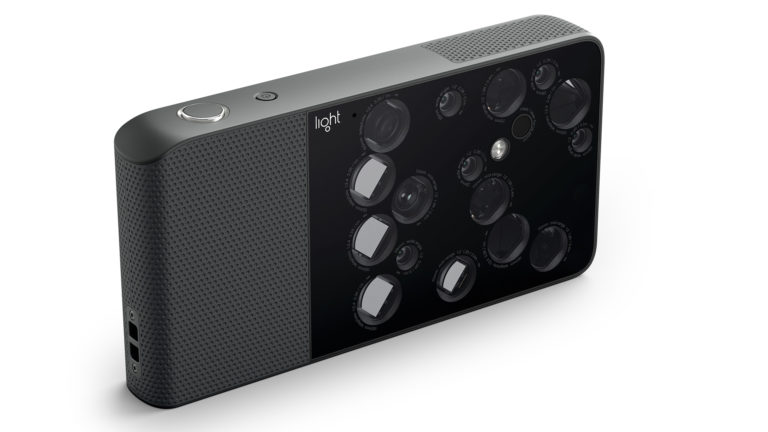
0 Comments